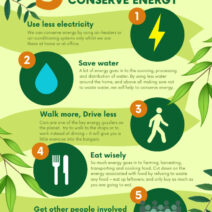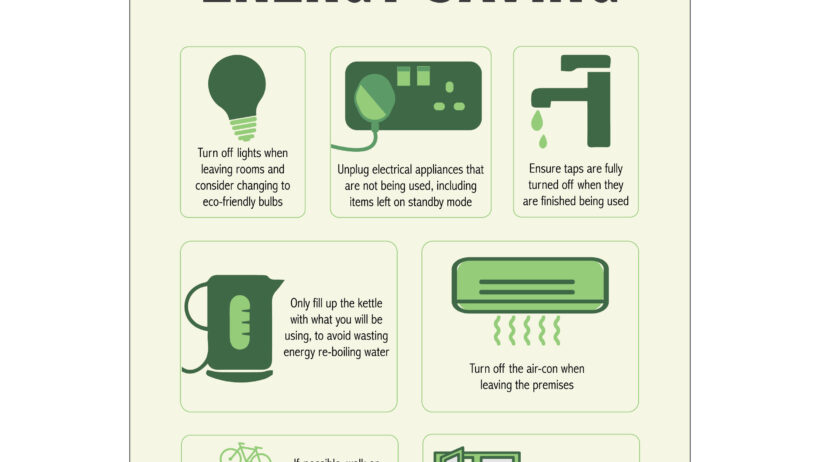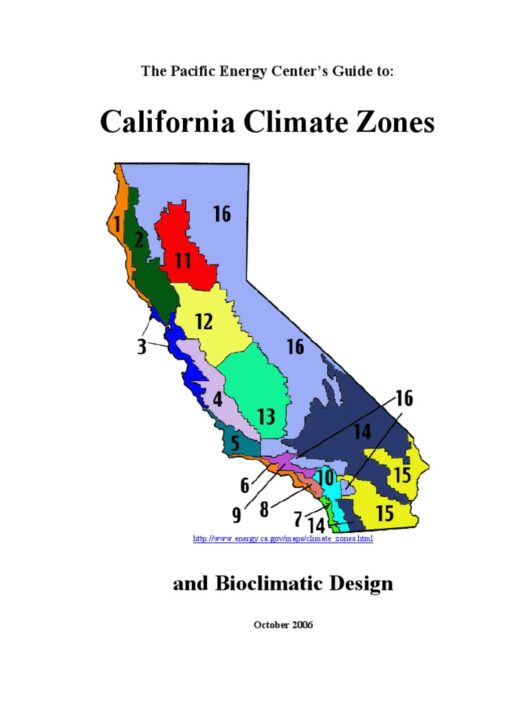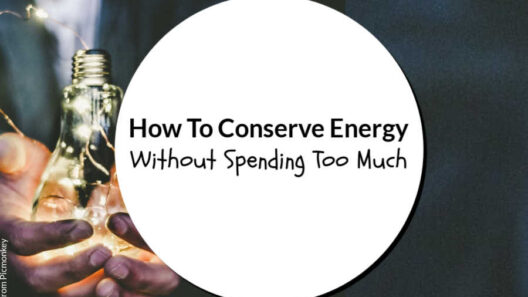Energy conservation is not merely a trend; it is an imperative, particularly for the younger generation keen on safeguarding the planet. The current climate crisis looms large, dictating a pressing need for immediate action. Young people wield substantial influence; their collective choices can forge a brighter, sustainable future. This guide will elucidate practical strategies for energy conservation while unveiling its profound implications for our environment.
To truly appreciate the gravity of energy conservation, it is crucial to understand the ubiquitous presence of energy in our daily lives. From the moment we rise in the morning, to the time we retire at night, energy powers our activities. The electricity flickering to life in our rooms, the fuel that propels our commutes, and even the food we consume, all stem from energy sources. Unfortunately, most of these sources come with detrimental environmental impacts, primarily those derived from fossil fuels.
Fossil fuels, including coal, oil, and natural gas, release greenhouse gases when burned, contributing significantly to global warming. The consequences are evident: rising sea levels, extreme weather events, and a staggering loss of biodiversity. Young people, often driven by a profound sense of justice and equity, recognize that the time to act is now. Their passion for conservation stems not only from a desire to protect natural spaces, but also from the understanding that current practices threaten future generations.
Energy consumption in households constitutes a substantial portion of a community’s overall energy use. Therefore, it is imperative to start at home. Simple actions like replacing incandescent bulbs with energy-efficient LED lights can significantly reduce energy consumption. Although this change may seem minor, the cumulative effects on a national scale are monumental. In addition, using appliances rated for their energy efficiency, identified by the ENERGY STAR label, can decrease energy use while ensuring a high standard of utility.
Adopting a conscious mindset regarding heating and cooling systems can yield further benefits. Thermostats play a pivotal role in managing energy use. Setting the thermostat a few degrees lower in the winter and higher in the summer can lead to dramatic savings. Insulating homes properly also helps maintain desired temperatures, reducing the need for excessive heating or cooling.
Beyond the confines of individual households, young people can extend their influence through community involvement and advocacy. Engaging in local environmental initiatives serves as both a learning experience and a way to inspire others. For instance, participating in tree planting, clean-up drives, and educational workshops fosters a sense of unity and shared responsibility. These activities not only build awareness around energy use but also create a platform for dialogue about sustainable practices.
Transportation is another critical area where energy conservation can make a significant impact. The carbon footprint of individual commuting patterns largely shapes local emissions. Young individuals can promote alternatives to single-occupant vehicles. Bicycling, carpooling, or utilizing public transportation not only conserves energy but also enhances community connection and reduces traffic congestion. The proliferation of ride-sharing apps has made these alternatives more accessible than ever.
Moreover, the embrace of renewable energy sources marks a meteoric shift in our approach to energy consumption. Solar panels and wind turbines harness natural energy, which is both inexhaustible and environmentally friendly. Young people are in a unique position to advocate for the increased adoption of renewables in their communities. Whether through organizing informational sessions, supporting legislation favoring green energy projects, or simply promoting renewable energy at home, they can galvanize support for a sustainable energy future.
Education plays a pivotal role in fostering an understanding of energy conservation’s significance. Schools can become hubs of innovation, where students are encouraged to explore sustainability concepts. Curricula can incorporate topics such as carbon footprints, ecological impact, and the science behind energy efficiency. The budding curiosity about how actions impact the environment translates into long-term behavioral shifts, fostering an activist mindset from a young age.
As young people amplify their voices in energy conservation dialogues, it is imperative to recognize the psychological and emotional dimensions shaping their commitment. The passion for conservation often stems from a deep-seated concern for the planet and its inhabitants. Understanding this emotional resonance can enhance leadership within environmental movements. Cultivating empathy and recognizing the interconnectedness of life on Earth can galvanize collective action, prompting a transformative shift toward sustainable practices.
While individual efforts to conserve energy are crucial, their potential is magnified when adopted collectively. Social media platforms serve as modern-day assembly grounds, providing young activists a venue to mobilize and express their views. By sharing tips, successes, and challenges, they foster a vibrant community passionate about energy conservation. Social media campaigns can also influence policymakers, driving them to prioritize environmentally friendly legislation.
In conclusion, energy conservation is not merely an individual endeavor but a collective obligation. Young people stand at the forefront of this movement, equipped with the conviction and tools necessary to effect change. Through mindful practices at home, community engagement, advocacy for sustainable energy resources, and educational outreach, this generation can create ripples of consciousness that influence not just current habits, but future norms. The call for stewardship of the planet is loud and clear. With dedicated action, the future shines bright, paving the way for a harmonious relationship between humanity and the Earth.








